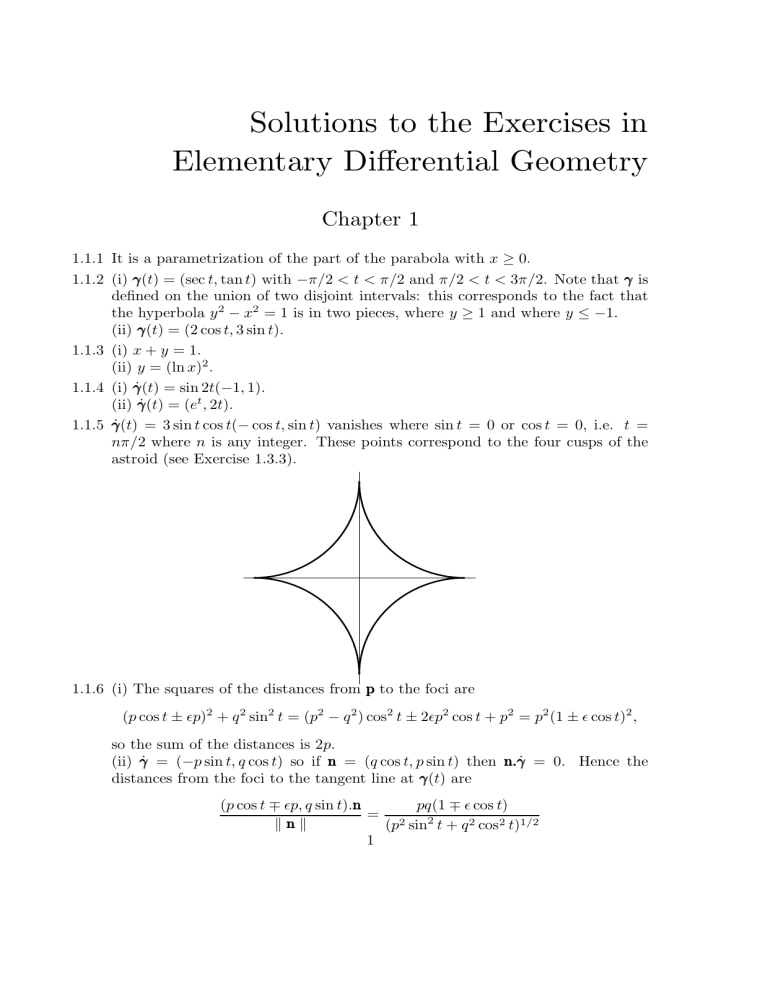

This result is significant for it substantiates earlier works in computer aided geometric design. The Linkage Curve theorem proved here shows that, for the blend to be curvature continuous when it is already normal continuous, it is sufficient that normal curvatures agree in one direction other than the tangent to a first order continuous linkage curve. Curvature continuity across normal continuous surface patches requires that normal curvatures agree along all tangent directions at all points of the common boundary of two patches, called the linkage curve.

This paper presents mathematical results that pertain to the design of curvature continuous blending surfaces. Among the submitted papers, 14 were selected and organized in 4 oral sessions.Ĭomputer Aided Geometric Design (CAGD) of surfaces sometimes presents problems that were not envisioned in classical differential geometry. Contributions were solicited in Riemannian, sub-Riemannian and group theoretical methods, advanced statistics on deformations and shapes, metrics for computational anatomy, statistics of surfaces, time-evolving geometric processes, stratified spaces, optimal transport, approximation methods in statistical learning and related subjects. Following the first edition of this workshop in 20061, the second edition in New-York in 20082, the third edition in Toronto in 20113, the forth edition in Nagoya Japan on September 22 20134, the fifth edition was held in Munich on October 9 20155. A special emphasis is put on theoretical developments, applications and results being welcomed as illustrations. The workshop is a forum for the exchange of the theoretical ideas and aims at being a source of inspiration for new methodological developments in computational anatomy. It targets more particularly researchers investigating the combination of statistical and geometrical aspects in the modeling of the variability of biological shapes. The Mathematical Foundations of Computational Anatomy (MFCA) workshop aims at fostering the interactions between the mathematical community around shapes and the MICCAI community in view of computational anatomy applications. The goal is to estimate representative organ anatomies across diseases, populations, species or ages, to model the organ development across time (growth or aging), to establish their variability, and to correlate this variability information with other functional, genetic or structural information. Computational anatomy is an emerging discipline at the interface of geometry, statistics and image analysis which aims at modeling and analyzing the biological shape of tissues and organs.


 0 kommentar(er)
0 kommentar(er)
